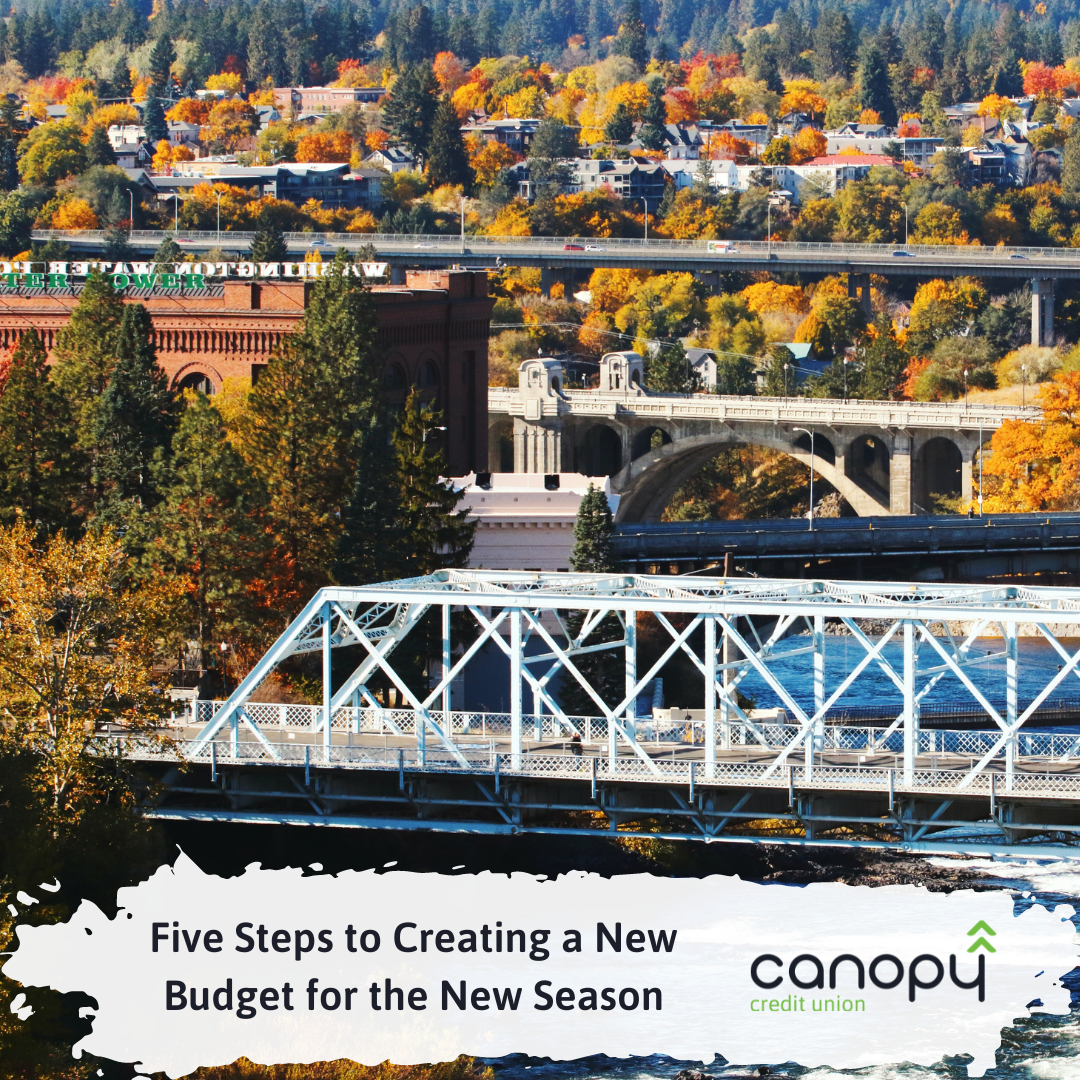Five Steps to Creating a New Budget for the New Season
For many of us, Fall represents new beginnings — back to school for the kids, refocusing on work and responsibilities closer to home after a few months of summer relaxation and fun. Here are a few things to consider as you review and reset your budget for Fall.
1. Know How Much Is Coming In
The first step to building a budget that works is to understand exactly how much money is coming in each month. Combining all sources of income after-tax will show how much cash you’re working with and provide a framework for adjusting expenses, determining realistic savings rates, and preventing shortfalls.
2. Know How Much Is Going Out
Typically, expenses fall into two categories — fixed and variable. Understanding the distinction between them is important.
Fixed Expenses
These are the expenses that are generally predictable from month-to-month.
New expenses might include:
- Student loan payments
- Health insurance
- Car insurance
- Utilities
An essential part of your fixed expense category should be personal savings. Many new budgeters make the mistake of only saving what’s left over after expenses are deducted from income. But this strategy puts your future at the mercy of everything else that’s competing for your money. Even if you can only manage to set aside a new dollars per month, it will add up faster than you think, motivate future savings, and be a hedge against the unexpected.
Variable Expenses
Variable expenses represent costs that are well within your control like entertainment, clothing, and travel. Variable expenses are typically the first target of cost-cutting measures if your monthly expenses exceed your monthly income.
3. Use Reality to Guide Your Planning
Once you know how much money is coming in and going out it’s easier to see what lies ahead. Making income and expenses balance out is the hard work of budgeting, but where the real value lies. Once you can make the numbers work together, you’ll have a roadmap for living within your means and advancing some of your larger financial goals.
4. Use the Right Tools
Once you’ve got the numbers figured out, it’s time to choose the best money management method to make your budget work month after month. Talk with one of our Canopy Financial Coaches about budgeting tools and methods that might best fit your temperament and circumstances. Whether you go old school or choose to leverage technology, having a budgeting system you’re comfortable with will make it easier to stay on target.
5. Adjust When You Must, But Persist
Sticking to a budget is just as important as creating it in the first place. It takes time, patience, and discipline.
Living within your limits does three important things. It keeps you financially healthy, protecting your credit and reducing money worries. It builds financial knowledge that’s valuable both personally and professionally. Finally, it can help you understand the connections between income and lifestyle and perhaps motivate exploring possible ways to reduce costs and increase income.
Budgets offer us a way discover our limits and establish our financial priorities lay. As always, we’re here to help. Make and appointment with a financial coach to learn more about taking your budgtet under control in this new season.
